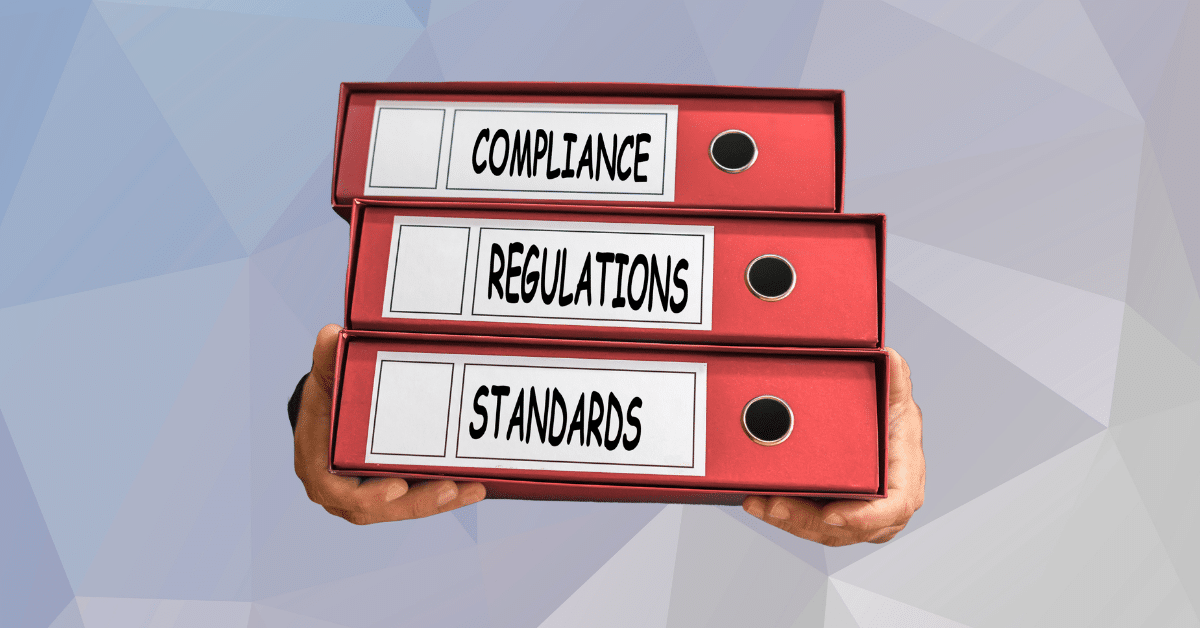A Quick Story To Set The Stage
Last spring, an HR leader at a 60 person design studio in Brooklyn assumed last year’s training was enough. A junior art director quietly asked where to report a concern, and the team realized the calendar invite for their annual session had never gone out. That single question prompted a complete reset.
They rebuilt their training plan, added short quizzes to keep people engaged, offered Spanish Sexual Harassment Training New York for bilingual staff, and started tracking certificates in one place. The adjustments were simple, but the payoff was a workplace where people understood their rights, the boundaries, and how to speak up.
Many New York employers have a similar moment. The good news is that a clear, consistent plan quickly gets you back on track and helps prevent confusion when issues arise.
How Often Is Sexual Harassment Training in NY Required?
Across New York State, every employer — even those with just one employee — is required to provide New York Sexual Harassment Training (Spanish) annually. This requirement applies to all individuals working in the state, regardless of job title, pay type, or work schedule.
New York City adds its own rules on top of the statewide framework for employers that meet its coverage thresholds. The City’s free online course, when used correctly, can satisfy both state and city training requirements. Many employers combine the official materials with their internal policies, making the session feel relevant to their actual workplace.
The key is consistency. Training must be:
- Provided annually
- Updated when laws or policies change
- Documented so you can show who attended, when, and in what format
When employees know they will receive training every year, expectations feel clear, and new hires quickly understand the standards.
New York State And City Training Rules
New York State law requires annual training for all employees who work in the state, regardless of the employer’s location. The session must cover the definition of sexual harassment, examples, information about applicable laws, internal reporting paths, external agencies, and protections against retaliation.
New York City requires annual training for employers with 15 or more workers, including part-time staff and some domestic workers. The City allows two scheduling approaches:
- Training everyone once per calendar year
- Training each covered employee based on their hire date anniversary
Either method can work as long as you maintain a consistent schedule and keep accurate records. Many organizations choose the calendar year approach, allowing managers to track progress by quarter.
Who Must Be Trained And When
For statewide compliance, all employees working in New York must be trained. This includes full-time staff, part-time staff, seasonal workers, and temporary employees who perform work in the state.
In New York City, covered employers must train employees who work in the City for at least 80 hours in a calendar year and for a minimum of 90 days. New hires who meet these thresholds should receive training within 90 days of starting work and then participate in refresher training annually.
Contractors and freelancers who work on-site in NYC and meet the hours and duration thresholds should be included in your plan. Managers who schedule temps and contractors need clear guidance on how and when those workers will receive training so there are no gaps.
What Interactive Training Really Means
A video that people watch without any participation does not meet the interactive standard. New York expects learners to engage with the material in a meaningful way.
You can make training interactive by:
- Adding short knowledge checks or quizzes
- Using realistic scenarios where employees choose how to respond
- Allowing questions during a live session
- Providing a way to submit questions and receive timely answers in an online format
If you use the state’s model video, pair it with discussion prompts, written questions, or live Q&A so participants have to think about and apply what they see. This not only satisfies the requirement but also improves understanding and retention.
Language Access And Spanish Options
New York provides model policies, training scripts, slides, and complaint forms in multiple languages, including Spanish. New York City also requires employers to display the official notice about rights and responsibilities in English and Spanish.
If you employ Spanish-speaking workers, offer a dedicated track such as NY Sexual Harassment Training Spanish and document completion alongside English sessions. Make sure employees know they can ask questions in the language they understand best, and that your reporting options are clearly explained in both English and Spanish.
Training For Supervisors And Managers
Supervisors and managers have additional responsibilities and should receive targeted content that goes beyond the employee level overview.
Manager training should cover how to:
- Receive and document concerns promptly
- Escalate issues to HR or designated leaders without delay
- Avoid statements or actions that could be seen as retaliation
- Support employees who come forward, even when the situation feels difficult
New York City materials highlight rights under city law, bystander options, and examples of prohibited conduct. Create a specific segment for supervisors to practice early response, documentation, and communication skills using scenarios that mirror your workplace.
Reporting Pathways And Employee Support
Training is most effective when employees know exactly where to go with questions or concerns. Your course should clearly explain:
- How to report internally, including multiple options such as HR, a designated manager, or an online form
- How to contact external agencies, including the New York State Division of Human Rights and the NYC Commission on Human Rights
- How protections against retaliation work in practice
New York also operates a confidential hotline, 1-800-HARASS-3, which connects callers with pro bono attorneys during business hours. Add these details to your policy, training slides, and an easily accessible intranet or handbook page so they are available when needed.
Recordkeeping, Tracking, And Proof Of Completion
New York City requires employers to keep training records for at least three years. Even outside the City, maintaining good records is a best practice.
Your records should include:
- Employee name
- Date of training
- Course title and version
- Language used
- Trainer or provider
A certificate, sign-in sheet, or electronic acknowledgment all work as long as you can retrieve them quickly in the event of an inquiry, complaint, or audit. Many employers integrate their learning system with HR records, allowing them to track completion rates by location, department, and manager.
Penalties, Risk, And Why Training Matters
Failing to meet the annual training requirement in New York City may trigger requests for records from the Commission on Human Rights and result in findings under the City Human Rights Law. Even when there is no formal penalty, missed training weakens an employer’s position in disputes and undermines trust among employees.
You can reduce risk by:
- Assigning a clear owner for training and recordkeeping
- Setting automated reminders well before deadlines
- Reviewing completion reports each month or quarter
Training is more than a compliance checkbox. It demonstrates your commitment to a respectful workplace and gives employees confidence that concerns will be taken seriously.
Building An Annual Plan That Actually Works
A simple, repeatable plan makes it easier to stay compliant year after year. Consider these steps when mapping out your program:
- Identify everyone who works in New York, including part-time staff, temporary staff, and contractors who meet the NYC thresholds.
- Decide whether you will use a calendar year schedule or train based on hire date anniversaries.
- Select a format that meets both state and city requirements, such as the NYC Commission’s online course combined with your internal policies.
- Integrate short quizzes and scenario-based questions to keep the session interactive.
- Offer sessions in multiple languages and log the language used for each participant.
- Provide supervisors with an additional segment that focuses on early response and documentation.
- Publish internal reporting links, hotline information, and agency contacts in one clearly labeled location.
When your plan is documented and assigned to specific roles, it becomes a regular part of operations instead of a last-minute scramble.
Interactive Training Content Checklist
To align with state and city expectations, your agenda should include:
- A clear definition of sexual harassment under New York law
- Examples of prohibited conduct in your type of workplace
- An explanation of internal complaint procedures
- Information about external agencies and how to contact them
- A statement that retaliation is prohibited and what that looks like
- Bystander options and how coworkers can safely support someone who is targeted
Layer in short, realistic scenarios based on your actual roles and work environment. Test your knowledge with brief quizzes and capture acknowledgments at the end to have proof of completion.
Scheduling For Busy Teams
Busy schedules do not have to derail compliance. Tie training to events people already remember, such as:
- The month of hire for each employee
- A specific quarter for company-wide training
- Annual compliance weeks that combine multiple required sessions
New York City permits either calendar-year or anniversary-based scheduling, as long as employees receive training each year. Schedule a standing compliance review on your calendar to confirm progress and schedule make-up sessions early, rather than rushing to catch up at year’s end.
Templates, Internal Pages, And Quick Links
If you maintain a policy hub, intranet, or learning platform, create concise internal pages that reflect the way employees typically search for help. For example, you might group content under headings like:
- State and City Training Requirements
- Interactive Training Standards
- Manager Responsibilities
- Reporting Options And Hotlines
- Language Access And Spanish Sessions
Each page can host a copy of your policy, the training link, quick reference guides, and clear reporting instructions in simple language.
Case Snapshot: A Retailer With Split Teams
A retailer with locations across New York had store managers in Manhattan and a remote support team upstate. They struggled to keep records aligned and answer repeated questions about who needed training and when.
The company centralized everything into a single training hub with English and Spanish tracks, posted NYC notices in both languages, and added a three-question quiz at the end of the video. Supervisors completed an additional 20-minute module focused on documentation and early response.
Within one cycle, HR saw fewer basic questions, more timely reporting of concerns, and a clear record of who had completed training at each location. Compliance improved, but just as important, employees began to see training as a real resource rather than an obligation.


















